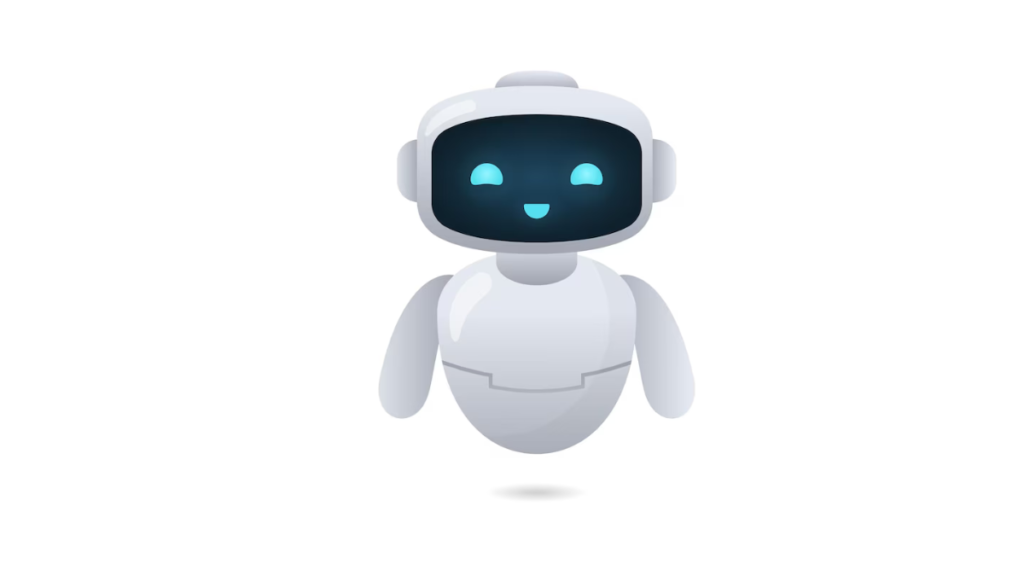In the current digital era, chatbots are now vital instruments for companies trying to improve user experiences, automate activities, and speed up customer interactions. Thanks to advances in artificial intelligence, developers may now design intelligent and conversational chatbot programs with the help of strong language models like OpenAI’s ChatGPT. We’ll walk you through the process of using ChatGPT for developers to create your own chatbot application in this full-depth guide.
Get Understanding ChatGPT for Developers
With its basis in the chatgpt developers,(Generative Pre-trained Transformer) architecture, ChatGPT developers is a state-of-the-art language model that can comprehend and produce text that matches that of a human depending on the circumstances. It makes use of the enormous quantity of text data that is easy to access online to discover language patterns and structures in human language. With ChatGPT developers can power their chatbot applications and engage consumers in meaningful and natural interactions.
Establishing Your Development Environment and Getting Started
Make sure you have an appropriate development environment set up before you begin developing chatbots. Programming tools and libraries are required in order to develop code and communicate with the ChatGPT model. This is a simple setup manual:
Programming Language: Pick a language that you are familiar with. Popular options are Java, JavaScript, and Python.
Development Environment: To write and run code, set up your favorite code editor or integrated development environment (IDE).
ChatGPT developers API Access: Register to gain entry to OpenAI’s ChatGPT API. An API key is required in order to communicate with the model.

Step 1: Defining Your Chatbot’s Purpose and Scope
Before diving into chatgpt for development, it’s essential to define the purpose and scope of your chatbot application. Determine the target audience, the platform(s) where the chatbot will be deployed, and the specific tasks or queries it will handle. Understanding these factors will guide the development process and ensure your chatbot meets the needs of its users.
Step 2: Data Collection and Preprocessing
Gather the necessary data for your chatbot model’s training. In order to help the chatbot in understanding human language patterns, these datasets needs to contain conversational data. To prepare the data for training, preprocess it by cleaning and formatting it. For preprocessing data tasks, you can utilize libraries like spa Cylinder or NLTK (Natural Language Toolkit).
Step 3: Model Selection and Training
For your chatbot application, select the model architecture that is most appropriate. Many pre-trained models optimized for conversational activities are available through ChatGPT. The size of your dataset and your unique requirements will determine which model is best for you. Using the preprocessed data, train the chosen model and adjust its parameters to enhance performance.
Step 4: Integration with ChatGPT API
Incorporate ChatGPT developers into your chatbot application by integrating it with the ChatGPT API. Utilize the API provided by OpenAI to interact with the ChatGPT model and retrieve responses for user inputs. You’ll need to make API calls to send user messages to the model and receive generated responses.
Step 5: User Interface Development
Create and implement a user interface that is simple so that users may communicate with the chatbot. This interface can be included into already-existing platforms like messaging applications or websites, or it can be a web-based or mobile application. Make sure the user interface is easy to use and offers clear guidance on how to interact with the chatbot.
Step 6: Testing and Deployment
Make sure your chatbot application is working properly by giving it a thorough test. To get input and determine what needs to be improved, use user testing. Analyze the customer satisfaction metrics, accuracy, and reaction time of the chatbot. Deploy your chatbot application to the designated platform(s) so people may access and engage with it after testing is finished.
Conclusion
Using chatgpt for developers to create a chatbot application gives developers endless options for automating interactions and improving user engagement. Through the procedures described in this tutorial, developers can harness ChatGPT’s capabilities to create conversational and intelligent chatbots that are customized to meet their unique needs. Chatbots powered by chatgpt for developers offer countless potential for innovation and development in the digital realm, whether they are answering questions, automating chores, or providing customer service.
